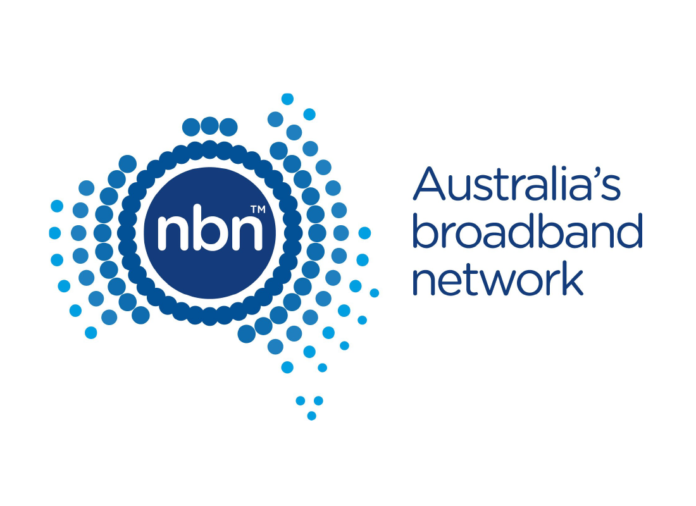Earlier today NBN released details about 100,000 more premises in particular towns which will be lucky enough to have fibre running down their streets in selected metropolitan and regional areas of New South Wales, Victoria, Queensland, South Australia and Western Australia.
It follows an earlier announcement in October 2020 when NBN started work on the initial program to design and construct new fibre into communities currently served by Fibre to the Node (FTTN) technology.
The company will progressively continue to select, design and construct new fibre extensions over the next two years and is aiming to pass around 2 million premises by the end of 2023.
The extension of fibre deeper into communities will ultimately enable customers living and working in affected premises to place an order for a higher speed services, which is likely to trigger the construction of a fibre lead-in direct to individual customers’ premises.
This will effectively complete their conversion from Fibre to the Node (FTTN) to Fibre to the Premises (FTTP) technology, on demand, if that is what is required to deliver the desired higher speed service to individual premises.
It’s important to point out that once finished this means around half of the Australian population which currently has Fibre to the Node NBN connections will be able to request a direct fibre connection to the house/office for free*.
The reason for the asterisk is because while they won’t have to pay thousands of dollars upfront, it’s currently unclear whether people have made this request will have to sign up to a long-term contracts to spend substantially more per month than they currently do for NBN services.
The program is part of NBN Co’s $4.5 billion network investment program, which aims to make NBN’s highest wholesale speed tiers available, to around 8 million premises or up to 75% of homes and businesses on the fixed line network by 2023.
Regardless of the retail service you purchase, the actual wholesale speeds delivered by NBN’s highest wholesale speed tiers of 500 to close to 1000Mbps will be less than 1000Mpbs due to equipment and network limitations and the peak data transfer rate may fall anywhere in this range.
In addition, the HFC Home Ultrafast bandwidth profile downstream service provided to retail providers is a ranged profile with a maximum sustained rate of 750Mbps.
The extension of fibre to service the 100,000 additional premises announced today by NBN will cover parts of the the following towns and suburbs.
It’s important to emphasise the words “parts of”, just because you live in that suburb doesn’t mean fibre will be installed down the street past your house.
- New South Wales – Campbelltown, Elderslie, Narellan, Maitland, Singleton, Tarro, New Lambton, Bathurst and Orange
- Victoria – Deer Park, Sydenham, Berwick South, Cranbourne and additional areas of Narre Warren
- Queensland – Albany Creek, Ashgrove, Bald Hills, Ferny Hills, Robina, Burleigh Heads and Townsville
- South Australia – Elizabeth, Gepps Cross, Salisbury and Golden Grove
- Western Australia – Girrawheen, Kingsley, Wanneroo, Canning Vale and Jandakot South.
NBN says the areas selected are where the company anticipates strong demand for higher speeds; where it can deploy with speed and agility; where it is cost-effective to start work now; and in a way that the investment is most likely to spread and multiply economic activity across the nation.
NBN Co’s previous first stage announcement of FTTN to FTTP in October 2020 included premises in parts of the following towns and suburbs:
- New South Wales – Belmont North, Charlestown, Toronto, Carramar, Castle Hill, Holsworthy, Liverpool, and Wetherill Park
- Victoria – Lyndhurst and Narre Warren
- Queensland – Acacia Ridge, Browns Plains, Eight Mile Plains and Oxenford
- South Australia – Osborne
- Western Australia – Cannington and Double View
NBN Co is currently engaged in consultation with NBN service providers to define the process by which eligible customers will be informed of, and can inquire about availability and express their interest in ordering a higher speed broadband service and acquiring a fibre lead-in to their premises.





I’m curious to know how these suburbs are being selected.
Marginal liberal seats. Easy.
Have you researched this?
In last Federal Election, Belmont North voted 45.60% for Labor before preferences and 59.45 after preferences. Belmont North is part of Shortland, NSW which voted 54.45% for Labor
That is borderline for a marginal electorate.
Secondly the NBN doesn’t rank highly in the minds of most voters when making a decision.
here it is February, 4 months after the announcement and there has been nothing sent to possible upgrade candidates in the Cannington area. Have NBNco actually let the ISPs know the process of requesting the upgrade?
No of course not, they haven’t settled on the process themselves yet.
Oooh, we are in the process of designing a house renovation in New Lambton before moving there. Possible yay!
Although even the existing FTTN at our new home in New Lambton will be better than we have now. Should be 80+ down, 20+ up compared to 35/10 where we currently live.
nothing for ACT
Or Tasmania